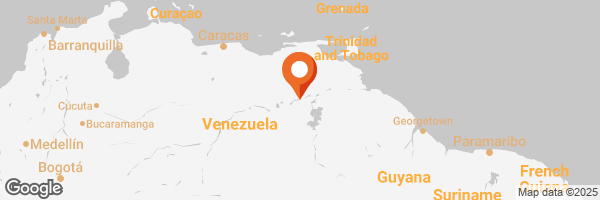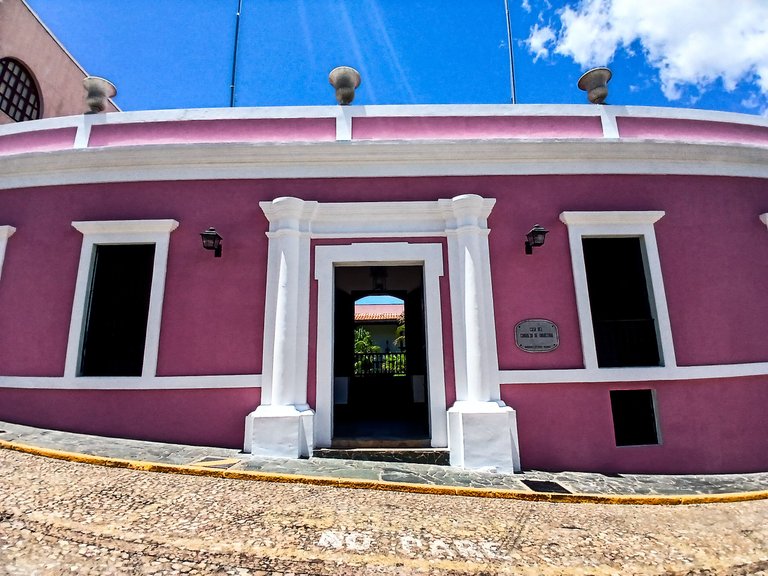
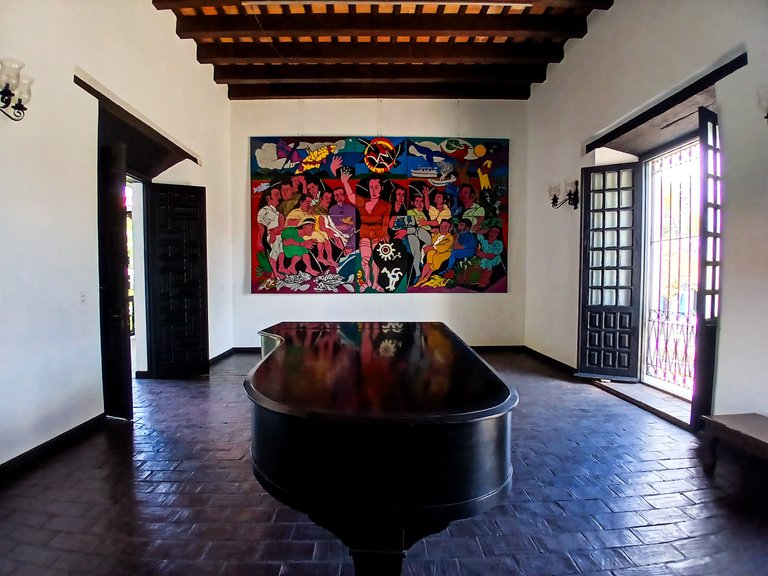
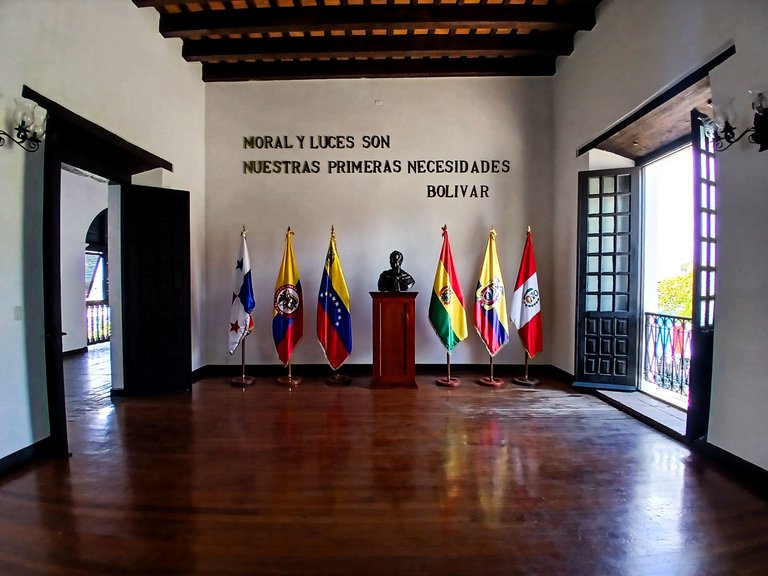
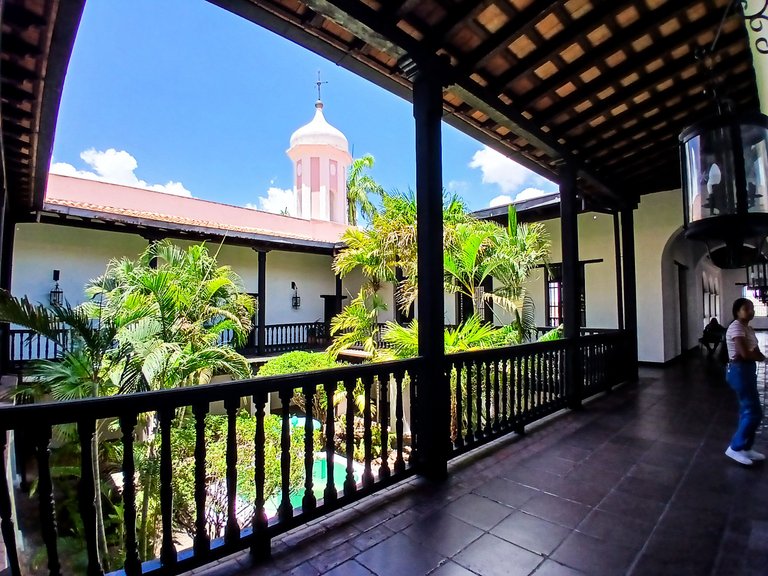
During my visit to Ciudad Bolívar, Venezuela, I couldn't miss a tour of the Angostura Congress House, or Angostura Palace. This place of utmost importance to Venezuelan history currently serves as a museum showcasing the grandeur of this 18th-century colonial-style building. It also houses a wide variety of perfectly preserved paintings by Venezuelan artists. It also allows you to experience what that experience might have been like in past centuries, as a result of all the events that took place in this palace.
This palace is located in the historic center of the city, across from Plaza Bolívar and close to other important landmarks such as Manuel Piar's house and other sites. Consequently, this place holds much history to tell. From this point, Simón Bolívar proclaimed his Angostura speech regarding the independence of Venezuela and Colombia. These were, so to speak, the foundations of that independence. The execution of the national hero Manuel Piar was also witnessed from the balconies of this palace. From my point of view, this event has many contradictions in Venezuelan history, but I won't go into detail on that topic in this post.
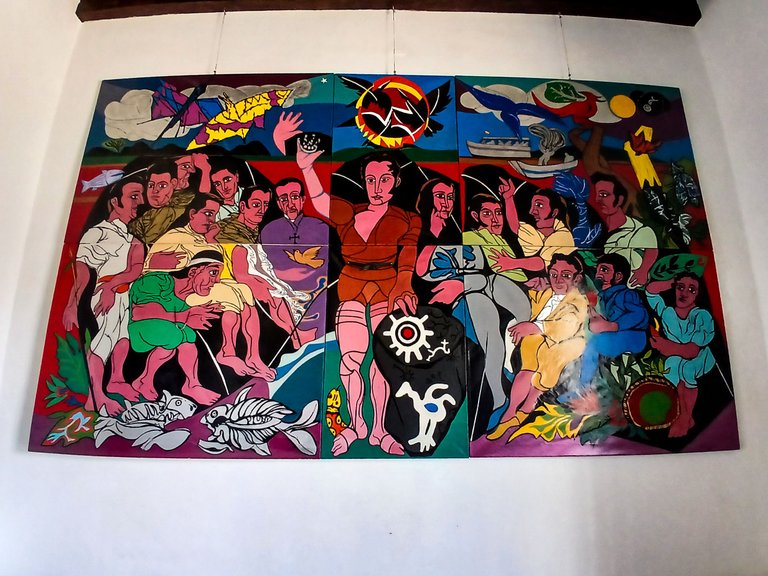
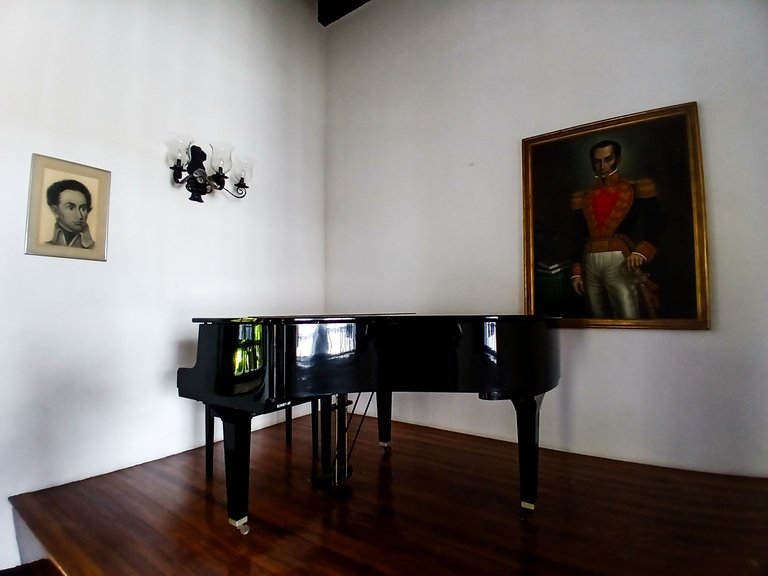
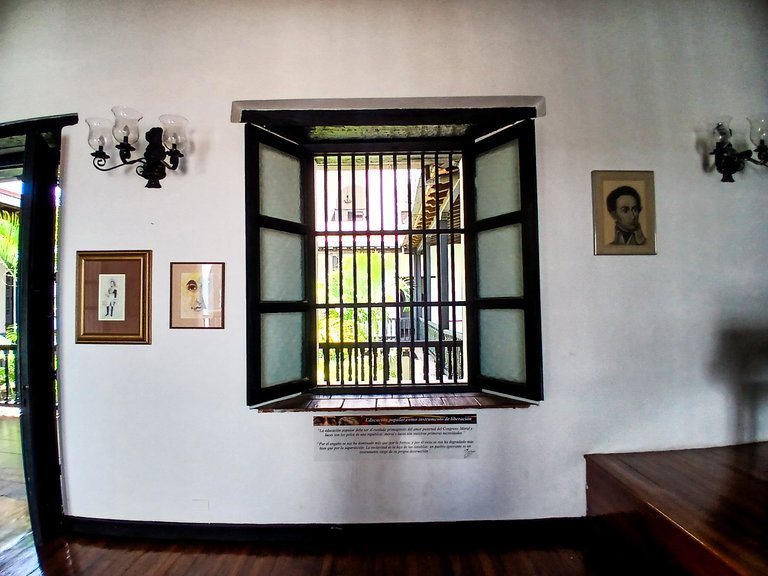
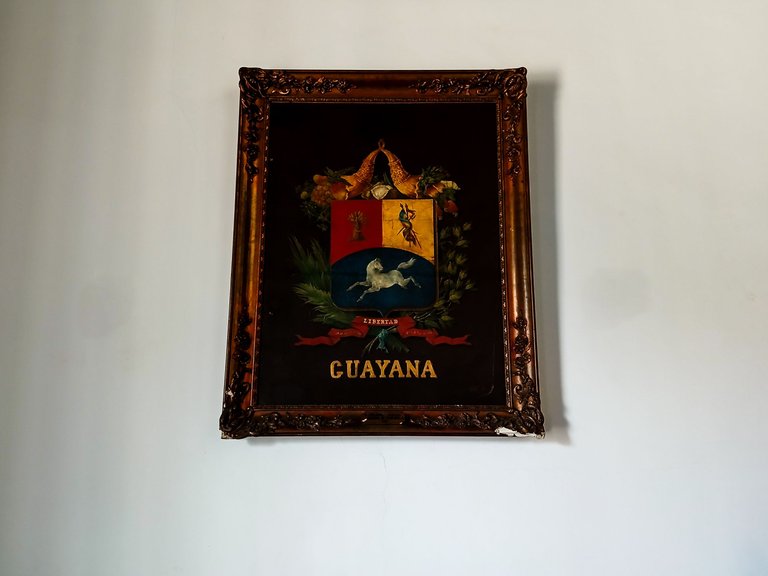
Once you enter the palace, you can appreciate the full grandeur of its architecture, perhaps more than 2,000 square meters of construction, but also boasting large, lush gardens, a very typical layout of colonial buildings at that time, which featured large central courtyards or gardens. From the entrance, you can count on a guide, who will tell you a bit about the history of the palace and guide you through each of its sections, with the main hall where Simón Bolívar delivered his speech as the first room. Then, you can tour the entire palace, where you can appreciate all the paintings by different Venezuelan artists, especially portraits of national heroes, representatives, and politicians. I was also able to see a large painting by the artist Régulo Pérez, the father of my former film professor during my university studies. I was proud to know that some of his works are on display in this palace.
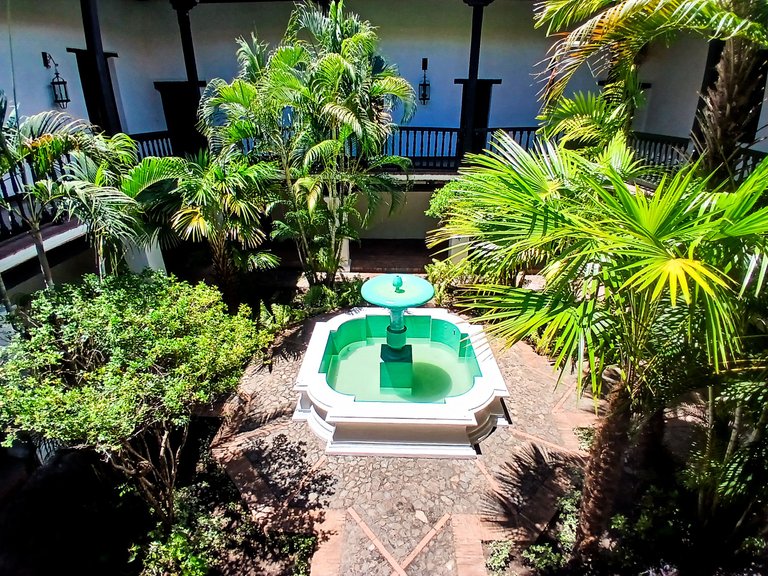
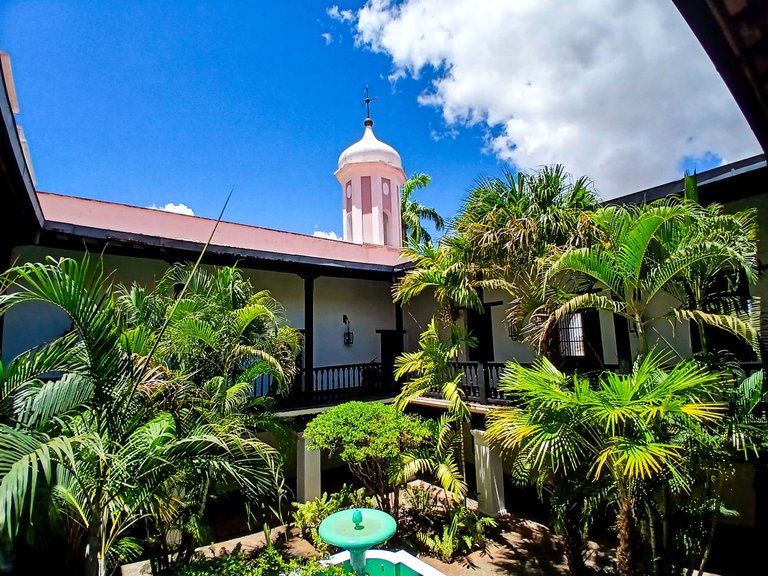
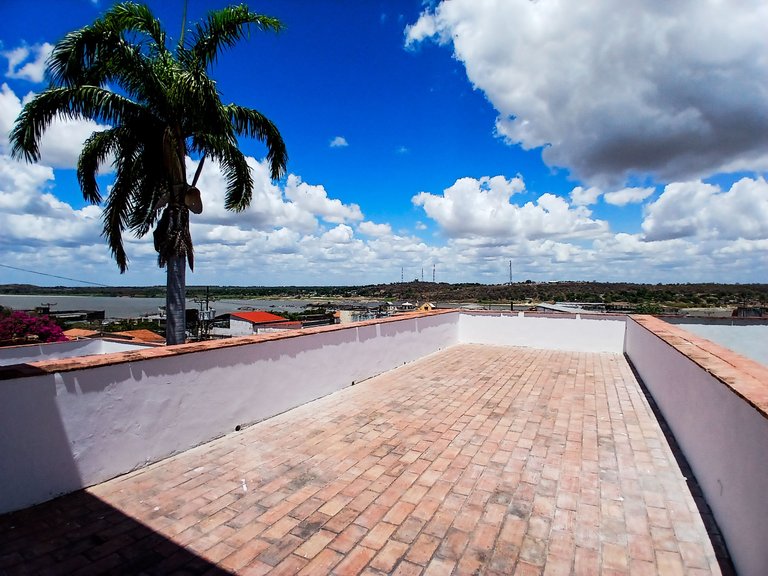
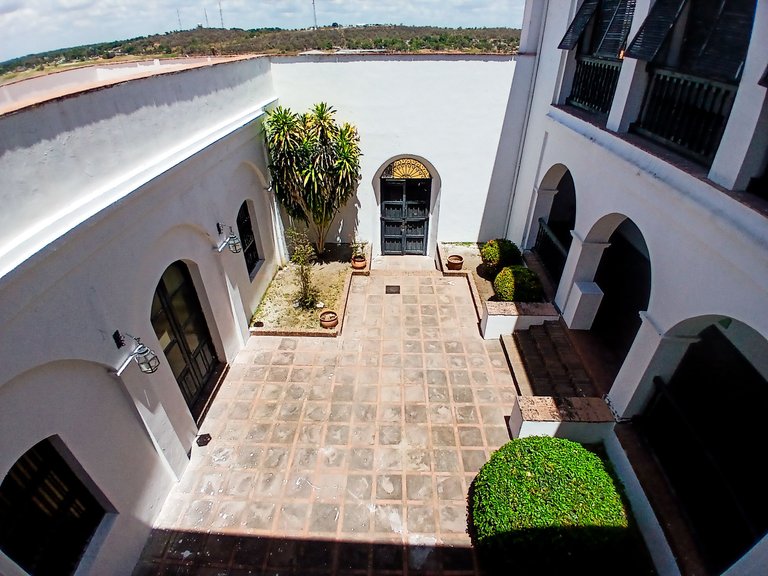
Furthermore, throughout its existence, this palace has served as a school and even a university institute. It was even once the headquarters of the Correo del Orinoco, the country's first newspaper. You can see the facilities and machinery of that newspaper from above. Although the place where all the machinery is located is currently inaccessible. However, this palace has several balconies where you can appreciate various parts of the city from above, such as the Angostura viewpoint and its magnificent bridge.
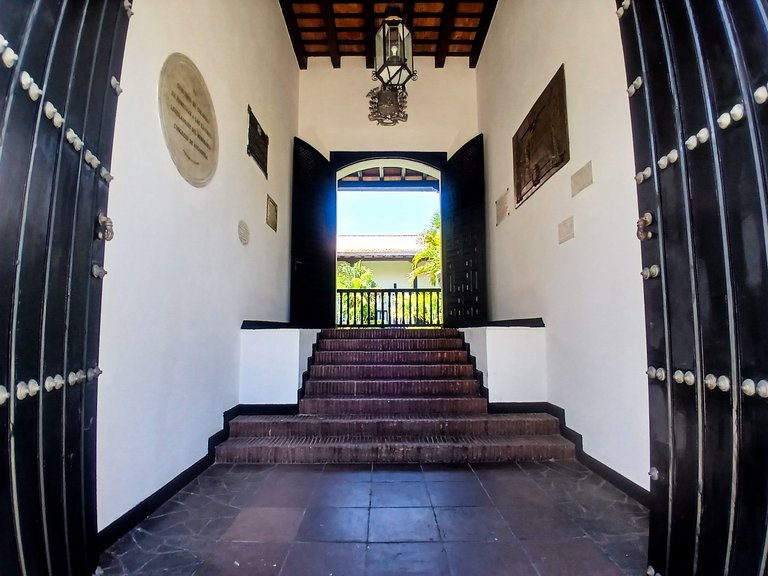
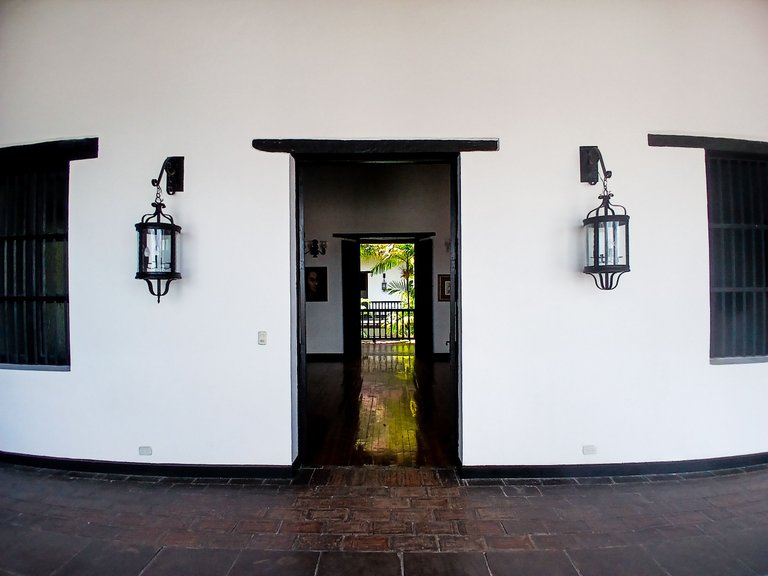
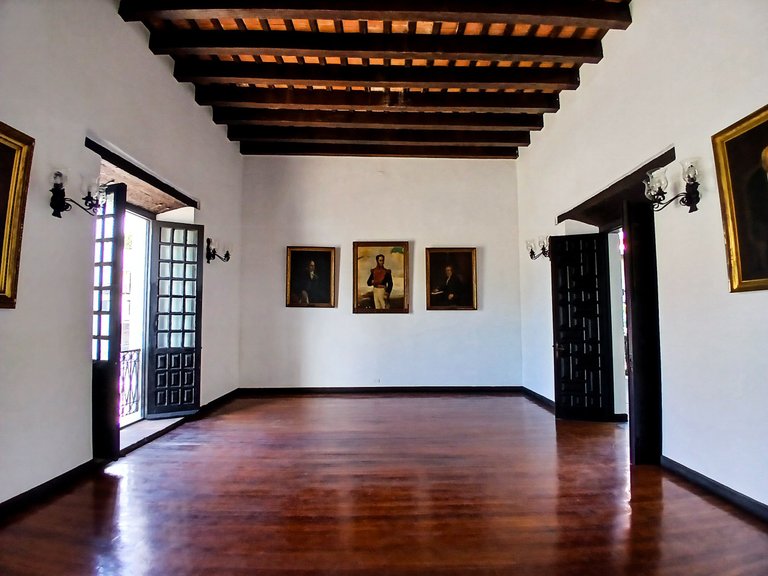

This museum can be visited from Tuesday to Sunday, starting at 8 a.m., and admission is completely free. I also mentioned that you can have a guide who can tell you about the history of the place and its events, as well as guide you through the different sections of the museum. Not all areas are accessible, perhaps due to maintenance work or simply because the public is not allowed in. However, it is undoubtedly a place worth visiting for anyone who visits Ciudad Bolívar at some point, as they will be able to appreciate a glimpse of the architectural grandeur and learn about the events of many of these places that, in some way, shaped milestones in Venezuelan history.
All photographs are my own.

